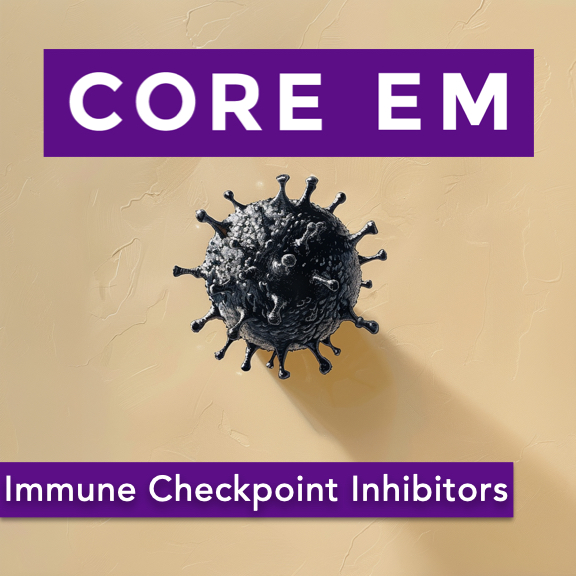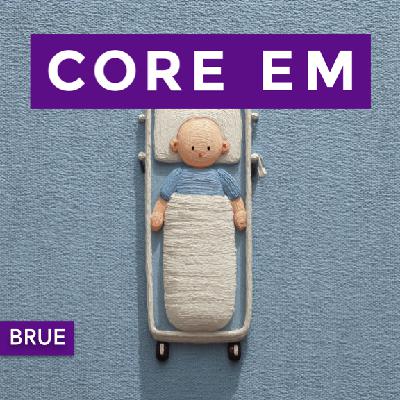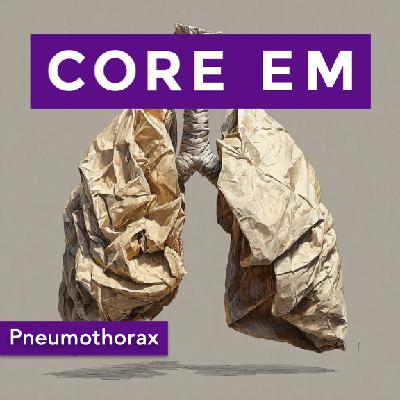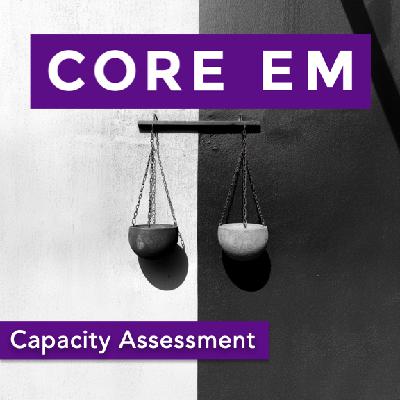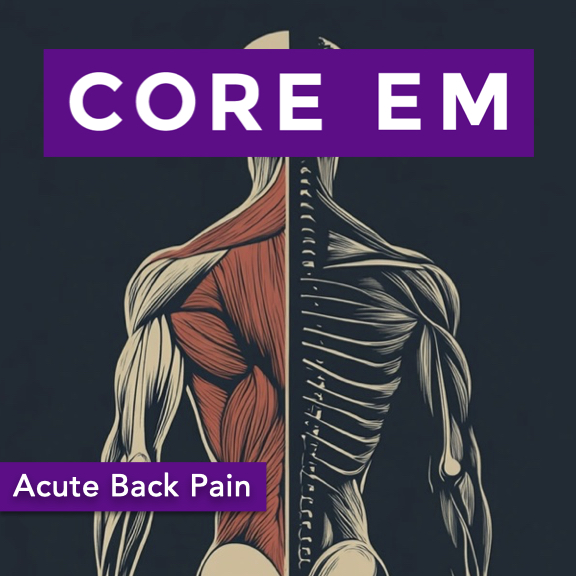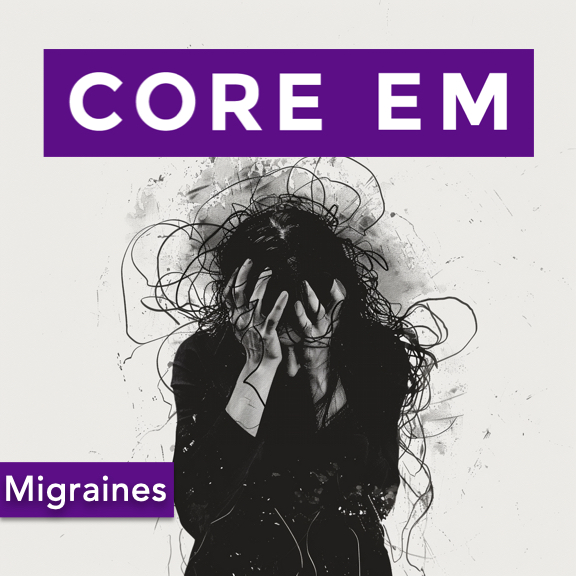Episode 200: Immune Checkpoint Inhibitors
Update: 2024-09-02
Description
We discuss a new class of medications, Immune Checkpoint Inhibitors, and their side effects.
Hosts:
Avir Mitra, MD
Brian Gilberti, MD
Download
Leave a Comment
Tags: Oncology
Show Notes
Overview of Immune Checkpoint Inhibitors (ICIs)
- ICIs are a relatively new class of oncologic drugs that have revolutionized cancer treatment.
- Unlike chemotherapy, ICIs help the immune system develop memory against cancer cells and adapt as the cancer mutates.
- Since their release in 2011, ICIs have expanded to 83 indications for 17 different cancers, with approximately 230,000 patients using them.
Mechanism of Action
- Cancer cells can evade the immune system by binding to T cell receptors that downregulate the immune response.
- ICIs work by blocking these receptors or ligands, preventing the downregulation and allowing T cells to proliferate and attack cancer cells.
- Common ICIs
Risks and Toxicities of ICIs
- ICIs can lead to autoimmune attacks on healthy cells due to immune system upregulation.
- Immune-related adverse effects (irAEs) include colitis, pneumonitis, dermatitis, hepatitis, and endocrine issues (e.g., hypothyroid, hypocortisolemia, hypophysitis).
- These toxicities can present as infections, making diagnosis challenging in the emergency room.
Management of ICI Toxicities in the ER
- Diagnosis: Look for signs that mimic infections (e.g., cough and fever in pneumonitis).
- Diagnostic Imaging in pneumonitis: If CXR is normal but suspicion is high, consider CT scans to differentiate conditions like pneumonitis from other issues such as malignancy-associated pleural effusion or acute pulmonary embolism.
- Treatment: The primary treatment for irAEs is steroids (e.g., prednisone 1 mg/kg). Start steroids early and hold the ICI to manage symptoms effectively and increase the likelihood of resuming ICI therapy later.
- Consider using antibiotics in combination with steroids if there is uncertainty about whether symptoms are due to infection or ICI toxicity.
- Coordinate care with the patient’s oncologist if possible
Disposition Decisions
- Patient disposition (admit vs. discharge) should depend on clinical presentation and severity.
- Coordination with oncology is crucial; they are often comfortable with starting steroids even if there is a potential infection.
- Patients can be discharged if symptoms are mild, but sicker patients with more complex presentations may require admission.
Take-Home Points
- ICIs are a new class of cancer drugs that effectively target cancer cells but come with unique immune-related toxicities.
- Diagnosing irAEs can be challenging due to symptom overlap with infections.
- The cornerstone of treatment is early administration of steroids and temporarily holding the ICI.
- Close collaboration with oncology teams is essential for optimal patient management.
Read More
Comments
In Channel


